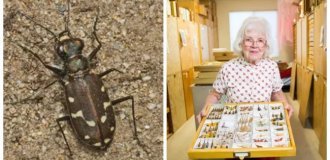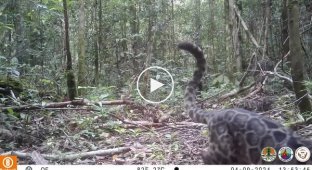Clouded leopard: It keeps the memory of saber-toothed monsters, and its fangs kill instantly (9 photos)
They built houses like these: 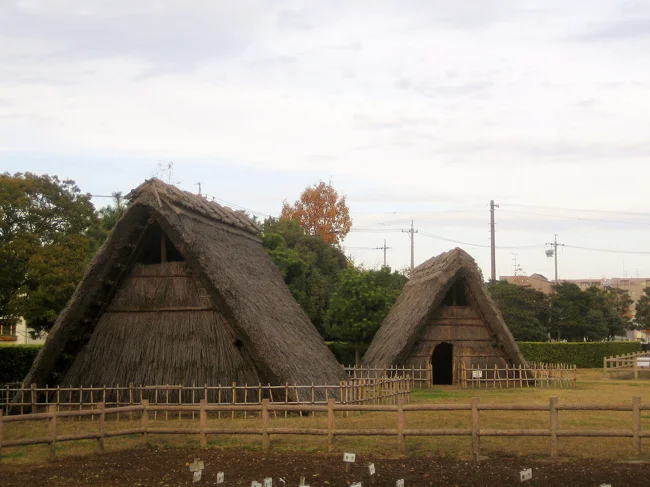
Shimizuka Campsite
They mostly got their food by hunting and gathering, but were already moving on to a more developed stage. They grew plants, but on a limited scale - there was no developed agriculture. And they domesticated wild boars and dogs. They loved seafood (not very original for Japan) - they smoked fish.
Not a single war for 16,000 years. How do you like that? An unthinkable luxury for European history.
They made such beautiful ceramics at a late stage of their development - about 5 thousand years ago. 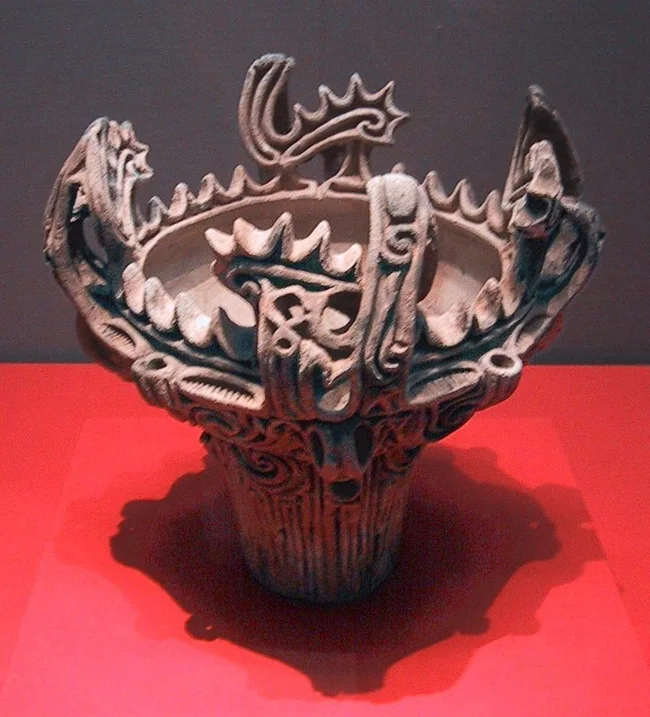
Moreover, the Jomon traveled across the Pacific Ocean. Scientists have found anchors similar to Japanese ones off the coast of California, and in South America - shards with ornaments reminiscent of Japanese ceramics. Later, genetics confirmed the suspicion - the genome of the Jomon representatives was found in the DNA of the indigenous peoples of North America.
They even had their own asphalt. The full recipe has not been preserved. It is only known that the asphalt was natural bitumen - a substance formed from the remains of organic material.
Such skilled sailors could also build structures. And if the Yonaguni Pyramid is the work of the Jomon, then this means that hunter-gatherers in Japan were building megalithic complexes even before most peoples of the world figured out how to bake bread. 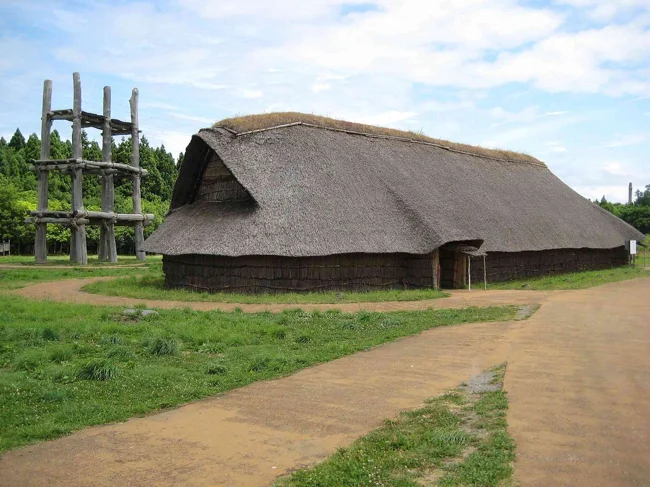
This is what the Jomon assembly hall looked like. It resembles a long Scandinavian Viking house that appeared in northern Europe thousands of years later
In general, the first inhabitants of Japan turned out to be quite technologically advanced for an ancient people.
It is curious that their DNA turned out to be closer not to the modern Japanese. Genetically, they have much in common with the indigenous people of Taiwan. They are not Chinese, but Austronesian peoples. That is, closer to the inhabitants of the Philippines and Indonesia. The Japanese, on average, have 12% of the Jomon genome. 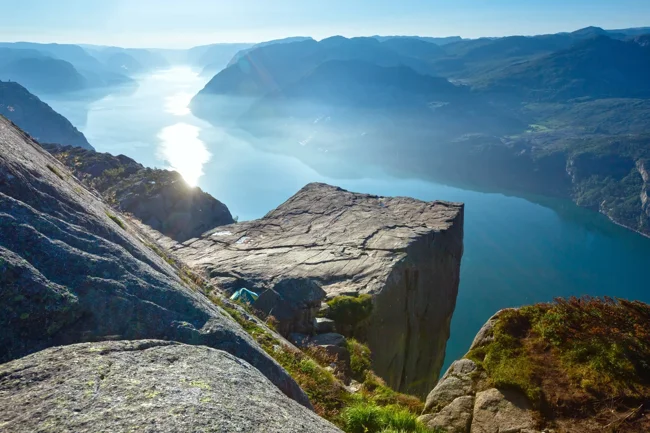
Preikestolen in Norway
Why the Yonaguni Pyramid sank under water
The ice melted, the water rose. About 10,000 years ago, the last ice age ended. Many coastal regions - and Yonaguni was among the first - sank under water. 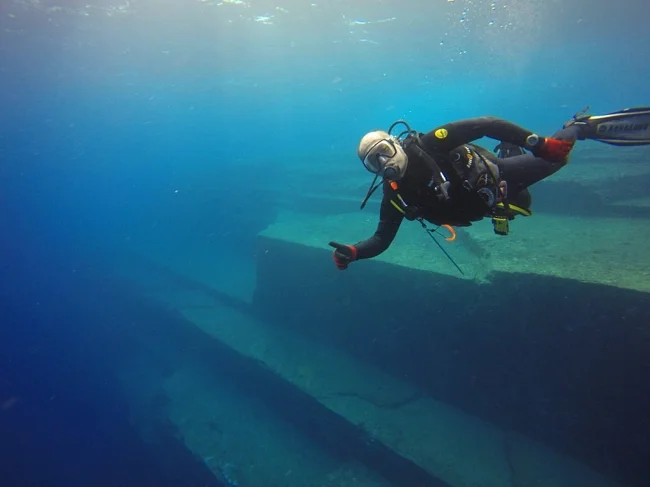
So, city or nature?
Now 3D models, lasers and underwater drones have come to the aid of archaeologists. 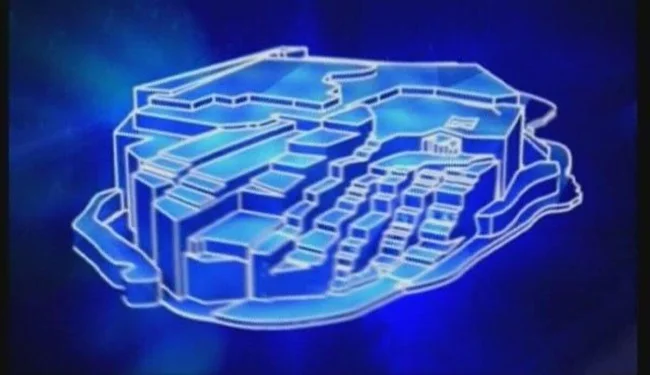
They are digitizing the entire complex, creating maps and trying to understand: where is nature and where is the hand of man. But, as it happens, the more information - the more questions. No one can yet say 100% what exactly is in front of us: a natural miracle or traces of an ancient genius. 
Just imagine: somewhere in the era of stone tools and cave paintings, on the islands of Japan lived a civilization that not only built, but did it in stone, with terraces, stairs and architectural taste. And all this long before the advent of writing. This could turn our understanding of human history upside down.
And if the Yonaguni Pyramid is truly man-made, then somewhere between the age of gathering and the first rice field, humanity managed to build something grandiose - and forget about it for several thousand years








